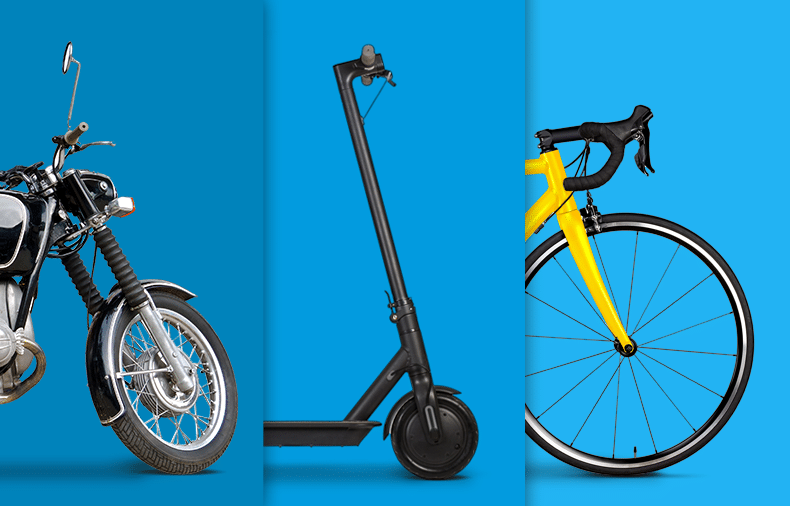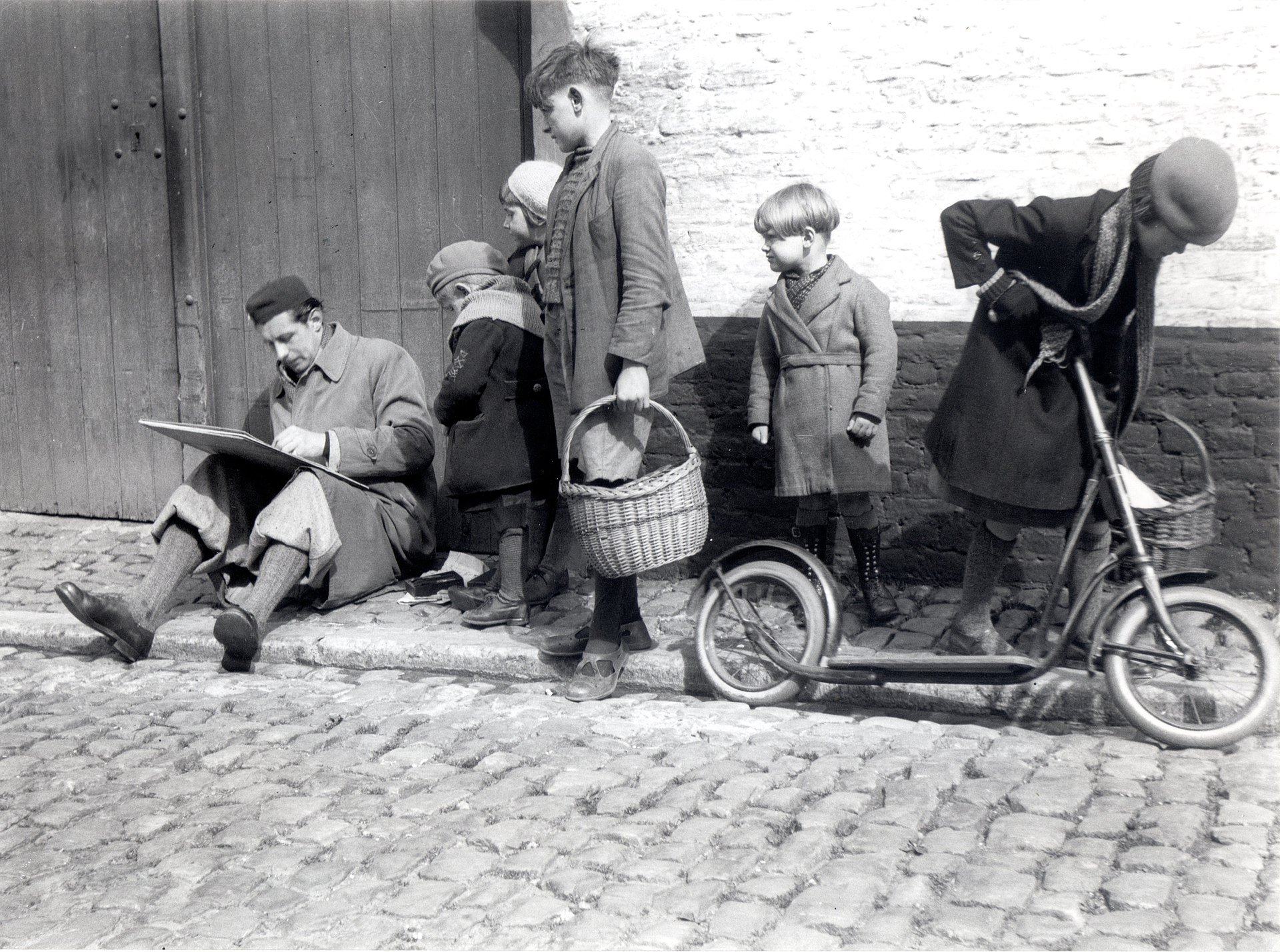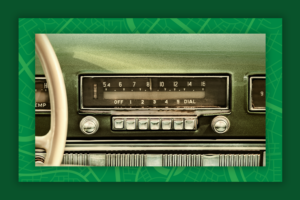Alternative transportation is catching on like wildfire in metro areas across the globe as commuters seek lower-cost, lower-impact solutions to traditional vehicles. We’ve gathered 8 popular options to compare performance and cost.
Whether it’s because of the traffic, the maintenance, the gas or all three, if you’re one of the millions who’s thrown in the towel on traditional car commuting, you’re not alone. Whatever your reason for going with traditional transportation alternatives, you’ve got lots of great options.
8 Options for Alternative Transportation:
- Motorcycle – Cost: Varies greatly
 A motorcycle might just be the original, and most popular form of alternative transportation. While costs and models vary widely, a motorized version of a bicycle (or tricycle) is an undeniably smart choice for many.A motorcycle, technically, is a two- or three-wheeled motor vehicle, which means there exist endless interpretations of the motorcycle. The first publicly available motorcycle was the Daimler Reitwagen, which was made by Gottlieb Daimler of the Daimler Chrysler corporation in 1885.Motorcycles, unlike many other forms of transportation, encourage cultures all their own. From the quintessential image of biker clubs known the world over, to the motocross athletes who dedicate their lives to their sport, motorcycles are a way of life for many.
A motorcycle might just be the original, and most popular form of alternative transportation. While costs and models vary widely, a motorized version of a bicycle (or tricycle) is an undeniably smart choice for many.A motorcycle, technically, is a two- or three-wheeled motor vehicle, which means there exist endless interpretations of the motorcycle. The first publicly available motorcycle was the Daimler Reitwagen, which was made by Gottlieb Daimler of the Daimler Chrysler corporation in 1885.Motorcycles, unlike many other forms of transportation, encourage cultures all their own. From the quintessential image of biker clubs known the world over, to the motocross athletes who dedicate their lives to their sport, motorcycles are a way of life for many.
For others, however, a motorcycle is simply a utility: more agile, efficient and compact than a car, they provide a unique combination of fun and function that appeals to so many.
- Bicycle – Cost: varies greatly, $100-3000
 If motorcycles were the first motorized alternative to vehicles, bicycles were unquestionably the predecessor to them all. A bicycle, or bike as it’s colloquially known, is simply a human-powered, pedal-driven, two-wheeled vehicle. Like motorcycles, bikes are so intrinsically connected to our lives and histories that we sometimes forget their unique utility for commuting purposes.As one of the only purely-green transportation options, bikes have mass appeal both for their usefulness and the exercise and enjoyment they provide their riders. In the 21st century, an estimated one billion bikes exist across the globe, making them far more popular and numerous than motor vehicles.
If motorcycles were the first motorized alternative to vehicles, bicycles were unquestionably the predecessor to them all. A bicycle, or bike as it’s colloquially known, is simply a human-powered, pedal-driven, two-wheeled vehicle. Like motorcycles, bikes are so intrinsically connected to our lives and histories that we sometimes forget their unique utility for commuting purposes.As one of the only purely-green transportation options, bikes have mass appeal both for their usefulness and the exercise and enjoyment they provide their riders. In the 21st century, an estimated one billion bikes exist across the globe, making them far more popular and numerous than motor vehicles.
Bikes are available just about anywhere there are people – and there are virtually limitless options for types, brands and sizes. If your commute is bike-able, you’re one of the lucky ones who can take advantage of these two-wheeled marvels of human innovation.
- E-bike – Cost: $200-3000
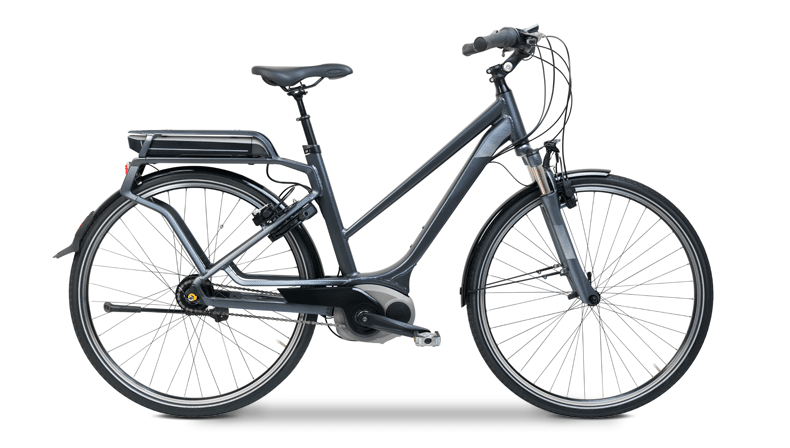
An e-bike is a modern invention that combines the agility and size of a bicycle with the convenience and extended range of a motorcycle. E-bikes, while not narrowly defined by any dictionary, are generally simply bicycles fitted with electric motors.At first glance, an e-bike might seem contradictory: a bicycle is a bicycle because it is human-powered, much of its appeal comes from the fact that the rider enjoys both transportation and exercise simultaneously. However, many e-bikes can combine both pedal-power with electric power, giving the rider an extra boost of speed to go further, faster.Most e-bikes come ready to ride, with electric motors builtin, set up to combine energy used in pedaling with power from the motor. Other e-bikes are retrofitted from traditional bicycles with a motor added after the fact.While they’re a little less traditional, there’s no denying that e-bikes are a smart solution for commuters who want to balance efficiency, speed, and earth-friendliness.
- Moped – Cost: $900-5000
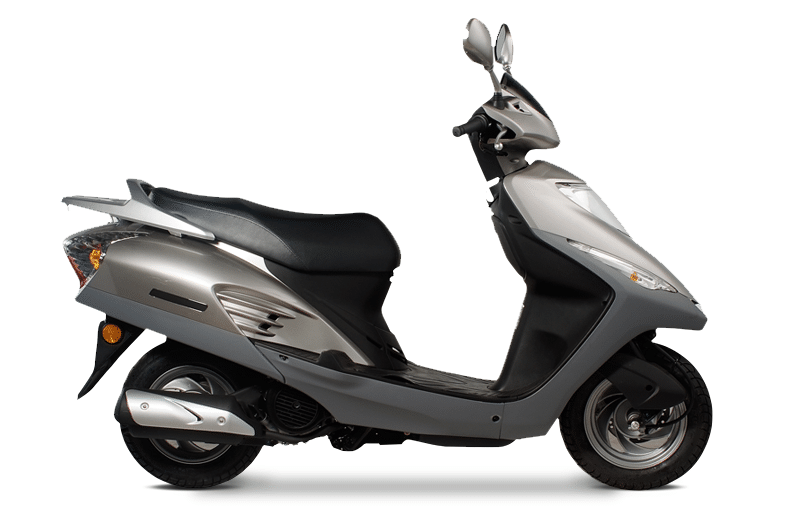
A moped is essentially a type of motorcycle that typically features a step-through design with an extended head tube, typically with less than 50cc power. Mopeds are popular because they offer a more comfortable ride than e-bikes or bicycles, but provide power and maneuverability in a small package.They were initially designed to be much more like an electric bike than the version we know today; the term moped comes from the combination of a motor and pedals, which were the quintessential found on early mopeds. Nowadays, most mopeds don’t have pedals, as they’re totally powered by their motors.Typically, licensing requirements for moped drivers is much less stringent than traditional driver’s or motorcycle licenses, making them accessible for more commuters.The Solex company created the first known commercially available moped in 1946. They sold more than eight million from 1946-1988, spreading their popularity to more than 70 countries. Since the 80’s, mopeds have evolved greatly, now featuring a uniform look and sold by beloved brands like Vespa.
- Motorized scooter – Cost: $300-1200
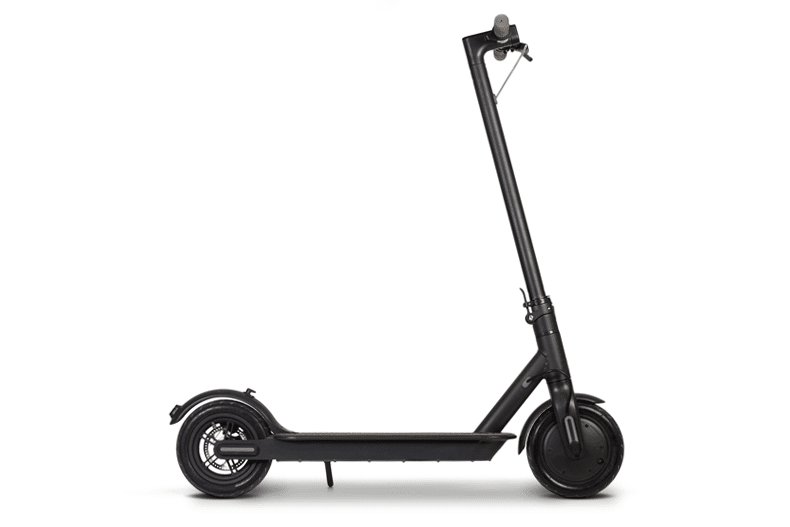
In the past three years, motorized scooters have rocketed into the public eye, with scooter-share services like Lime, which have polarized cities everywhere. Some laud the scooters for their convenience and ability to help reduce traffic, while others detest the eye-sore they say they create while littering the streets with reckless, emboldened pedestrians.While scooter-share services might be controversial, the scooters themselves are undeniably popular. Brands like Ninebot by Segway are seeing massive growth, with unprecedented sales numbers that prove their concept is successful. These “micro-mobility” solutions fall into a new category ofScooters, unlike e-bikes or mopeds, can fold to fit just about anywhere, and come at a much lower price point than other options. Beyond that, they’re downright fun to ride, and with proper education and safety equipment, they’re a great all-around solution for those with a reasonably short commute. - Push scooter – Cost: $80-300

In a surprising shift for many 90s kids, push scooters have made a massive resurgence as ideal alternative transportation options in the 21st century, with premiere brand Razor leading the charge. A kick scooter is a human-powered vehicle with a handlebar, narrow deck and two wheels.As the best selling toy of the year 2000, Razor’s A Scooter set the course for the scooter’s initial popularity. Today, scooters provide both nostalgia and utility for those with a short commute that could simply use a little speed boost to liven things up. Scooters have been around since at least the 1930s. Since, they’ve been popular as toys and in waning and waxing fashion, as traditional transport vehicles throughout history.If your commute is a mile or less, a scooter could be the perfect low-cost solution to get you to and from in a hurry, in a totally earth-friendly way.
- Onewheel – Cost: $1799 new
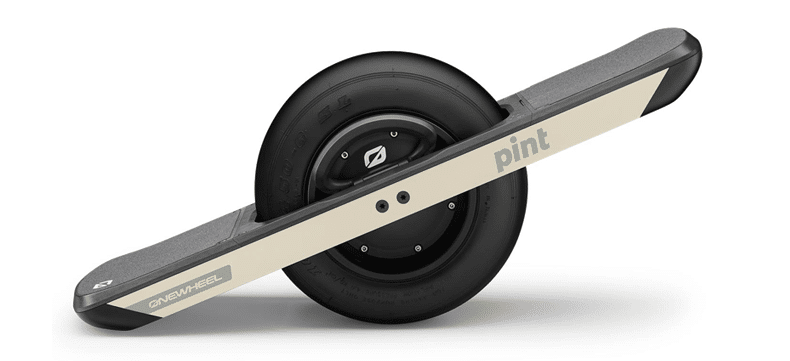
The Onewheel is a novelty in the realm of alternative transportation, but it’s one that’s rapidly gaining traction for early adopters.The Onewheel, as defined by its manufacturer, is a self-balancing electric personal transporter. Some people simply see it as an electric skateboard. However, most electric skateboards more closely resemble an actual skateboard with a horizontal deck and four wheels. The Onewheel, however, is defined by its single wheel, which requires the rider to balance on the board across the wheel. With a top speed of 19 mph, it’s great for mid-distance commuters who are eager to make their journey a little more exciting.It features many of the same benefits as other options on the list, but also provides a benefit unmatched by others: the cool factor.The Onewheel has developed something of a cult following, and has become something of a status symbol thanks to its high price tag. So while it’s not the most affordable or comfortable option on the list, you shouldn’t ignore it if you’re on the lookout for something fun, cool and functional.
- Electric skateboard – Cost: Around $1500

The cousin of the Onewheel is a more general group of micro-mobility solutions: electric skateboards. As one of the last modes of transportation to be motorized, they’re relatively new on the scene. They’re sold and marketed as a recreational item, meant to give skaters young and old a new thrill. It turns out, though, they’re not half-bad as daily drivers either.There’s a huge variety of electric skateboards on the market, but finding a good one should be easy. Look for models that are sturdy, speedy and have reliable brakes. While a speedy model will make the ride more fun, it’ll also cut down on your commute time.While you’re riding your electric board, remember that skateboard rules still apply, so you should wear a helmet and protective gear as you speed around town.
Inspired yet? No matter how involved you want to get, there’s an alternative transportation solution out there for you. If your commute is short and your budget is modest, consider human-powered options like push scooters or bikes. For longer commutes, e-bikes, mopeds and motorcycles might fit the bill. Finally, if you want to inject some adventure into your commute, consider an electric scooter, Onewheel or electric skateboard.
Need to ship an e-bike, bicycle, moped or motorcycle? Find fast, free quotes instantly:
